Don't hesitate to send a message
Web Menu
Product Search
Exit Menu
Evaluating the Slip Resistance and Safety Features of Reversible Patio Carpets
Introduction to Slip Resistance in Outdoor Carpets
Safety is a primary concern when selecting any outdoor surface covering, and the Reversible Patio Carpet is no exception. When placed on patios, decks, or other outdoor areas, carpets must provide a secure footing to prevent accidents caused by slipping or tripping. Understanding whether a reversible patio carpet offers sufficient anti-slip performance can help homeowners and facility managers make better-informed decisions about their outdoor flooring choices. This article explores the features that contribute to slip resistance and evaluates the safety of reversible patio carpets in real-world applications.
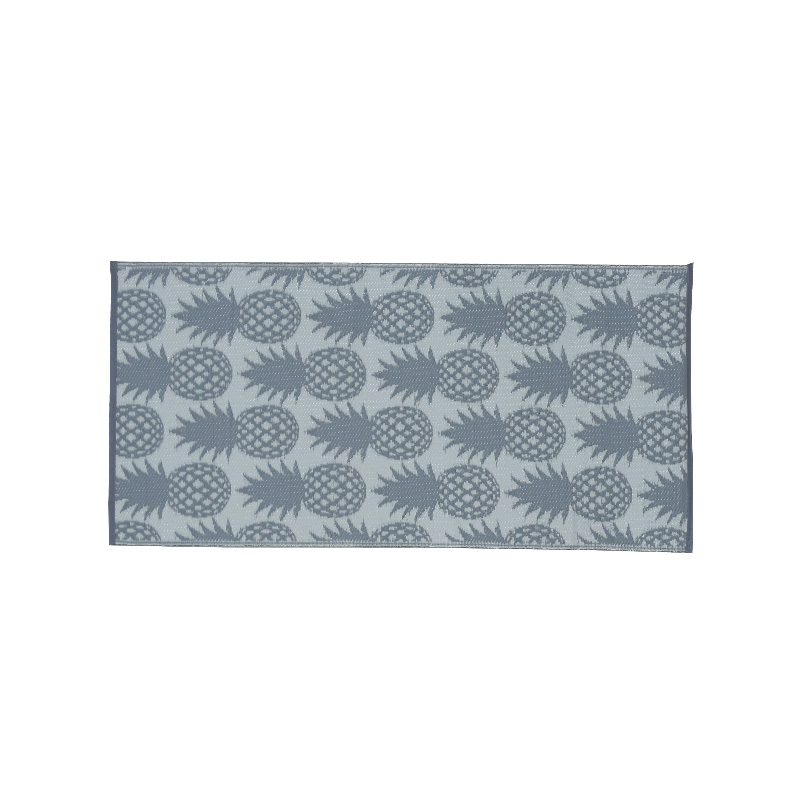
Materials and Design Contributing to Slip Resistance
One of the key factors affecting the anti-slip performance of a Reversible Patio Carpet is the choice of materials used both in the carpet surface and the backing. Many reversible carpets incorporate synthetic fibers like polypropylene, which offer a textured surface that enhances grip underfoot. Additionally, the carpet backing often includes a non-slip coating or rubberized layer designed to anchor the carpet firmly to the underlying floor. This dual-layer approach helps reduce movement of the carpet itself, reducing the risk of slips caused by carpet shifting during use.
Surface Texture and Traction
The texture of the carpet surface also plays a crucial role in slip prevention. Reversible patio carpets typically feature woven or looped designs that create natural friction between footwear and the carpet. These textures can provide good traction, even when the surface is damp from rain or spills. However, the effectiveness of traction varies among models, with some offering more aggressive patterns optimized for safety, while others prioritize aesthetics. Users should consider the surface texture relative to their outdoor environment and typical weather conditions when selecting a reversible patio carpet.
Installation and Underlying Surface Impact
Proper installation is vital to ensuring the safety of any outdoor carpet. Even the Reversible Patio Carpet will fail to provide adequate slip resistance if not installed on a clean, dry, and level surface. Outdoor substrates like concrete, wood, or stone each present unique challenges in terms of grip and stability. Some carpets come with adhesive strips or require additional underlayments to improve grip, especially on slick surfaces. Additionally, routine checks to ensure the carpet remains securely in place are necessary, particularly after heavy foot traffic or bad weather.
Maintenance’s Role in Maintaining Safety
Maintenance affects the long-term safety of outdoor carpets. Dirt, algae, mold, or accumulated moisture can reduce traction and increase slip risk. Regular cleaning and proper drying help maintain the carpet’s textured surface and backing effectiveness. Additionally, inspecting for wear and tear or backing deterioration ensures that the carpet continues to perform safely over time. A well-maintained reversible patio carpet retains its anti-slip properties far better than one neglected, underscoring the importance of user care.
Reversible Patio Carpets Can Provide Safe, Slip-Resistant Outdoor Flooring
When properly selected, installed, and maintained, a Reversible Patio Carpet can offer effective slip resistance and contribute significantly to outdoor safety. Factors such as material composition, surface texture, backing design, and installation methods all influence the carpet’s performance in preventing slips. By choosing carpets with proven safety features and adhering to maintenance guidelines, users can enjoy comfortable and secure outdoor spaces that reduce slip-related accidents.
-
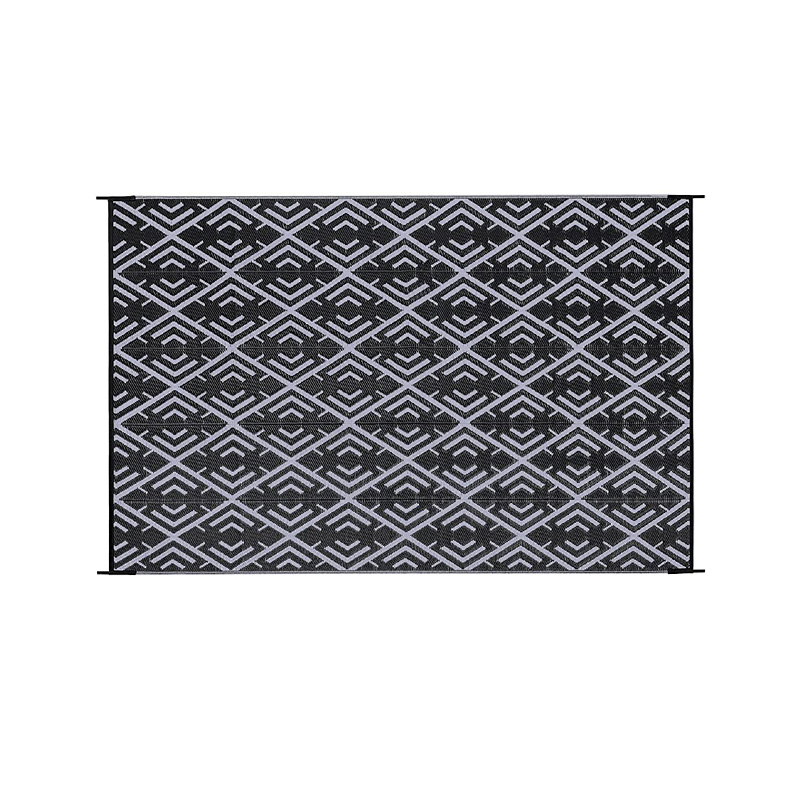
Lightweight Polypropylene Plastic Outdoor RV Mat
Features Weather-resistant polypropylene mat UV-stabilized to prevent fading Mold and mildew-resista...
-
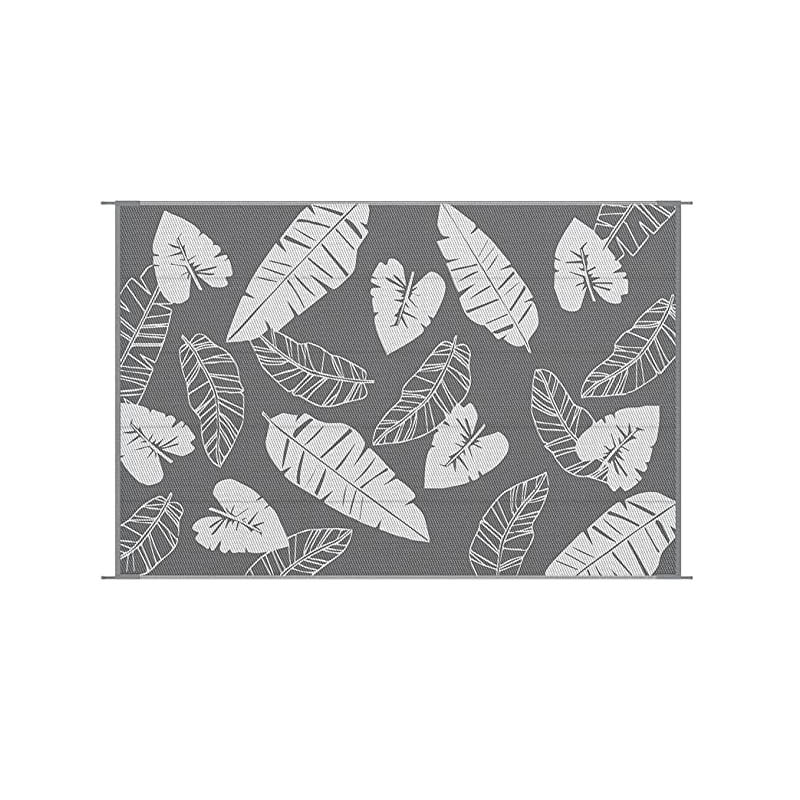
Large Foldable Anti-UV PP Weaving Straw RV Rug
Features Soft And Durable: Made with virgin polypropylene breathable material designed to be safe to...
-
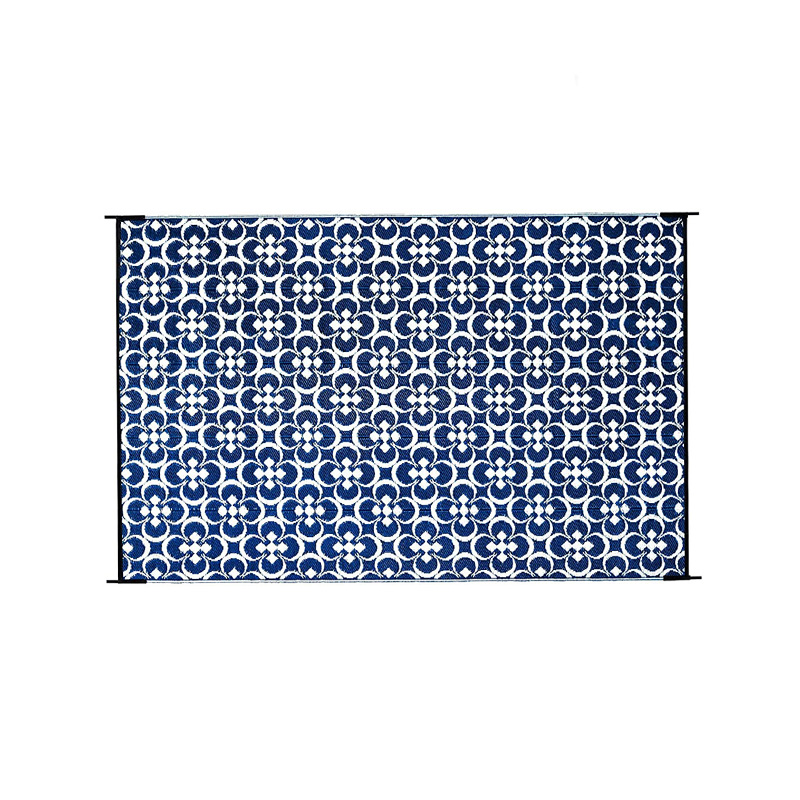
Recycled Moistureproof Plaid Outdoor Mat For RV
Features Heavy-Duty & High Quality & Durability: Our heavy-duty reversible RV mats are made ...
-
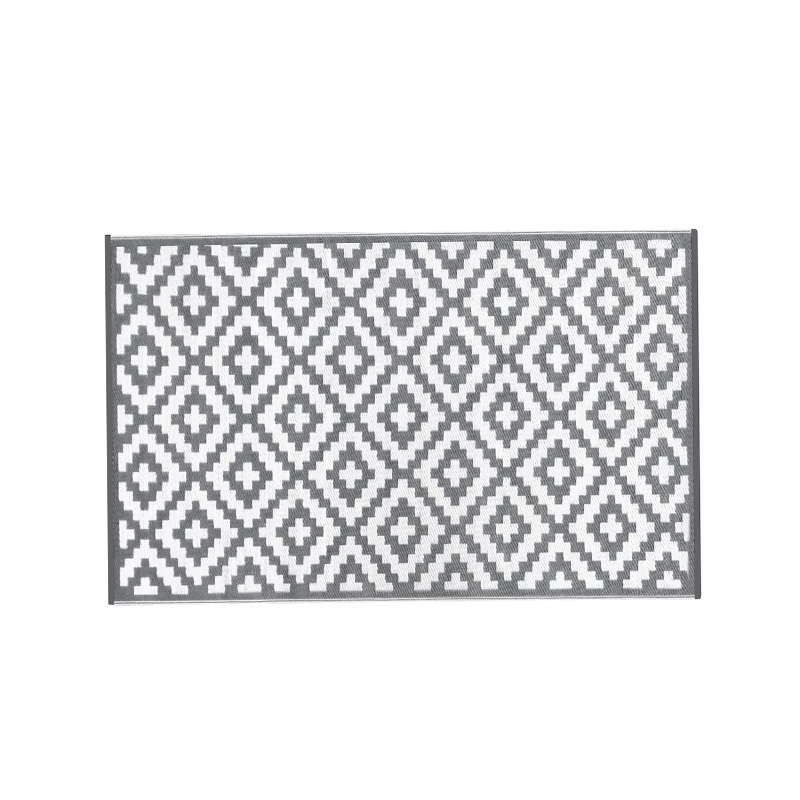
UV Resistant Patio Outdoor Rug
Features Reversible Stain-Resistant Straw Rugs: The outdoor rugs for patio clearance is a reversible...
-
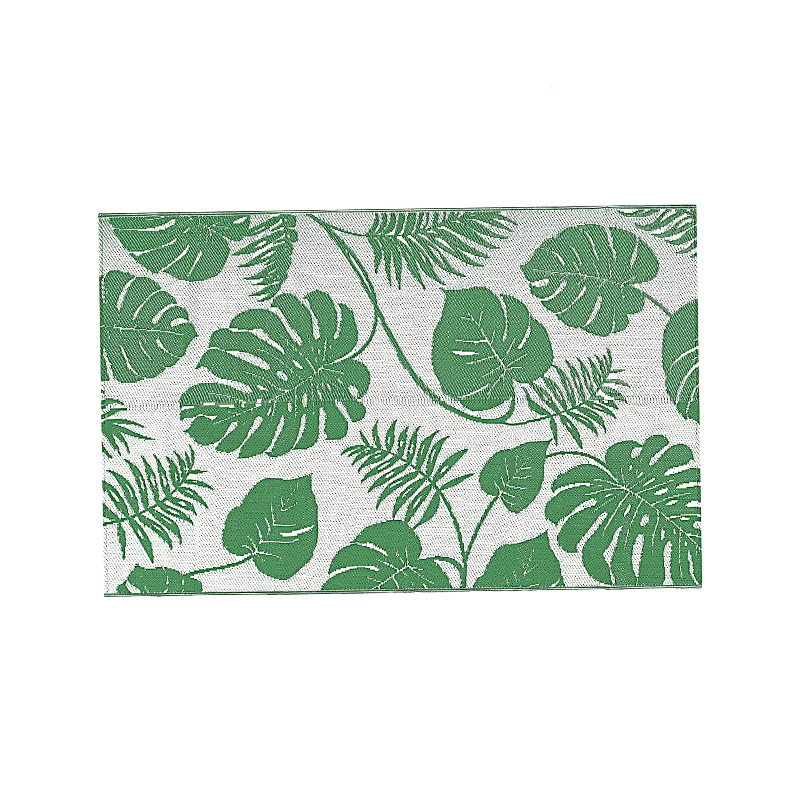
Durable Outdoor Polypropylene Mat For Patio
Features Reversible Outdoor Rug: The outdoor plastic straw rug with timeless medallion design is ele...
-
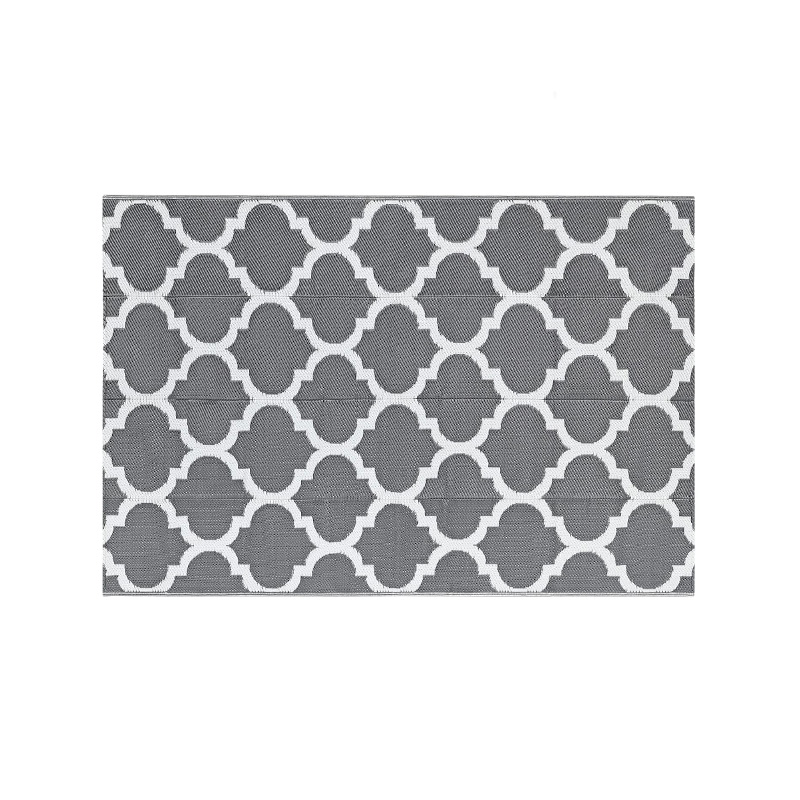
Recycled Plastic Straw Matting For Outside
Features Reversible Outdoor Rugs: It is easy to use on the patio, deck, beach, and backyard. This ou...
-
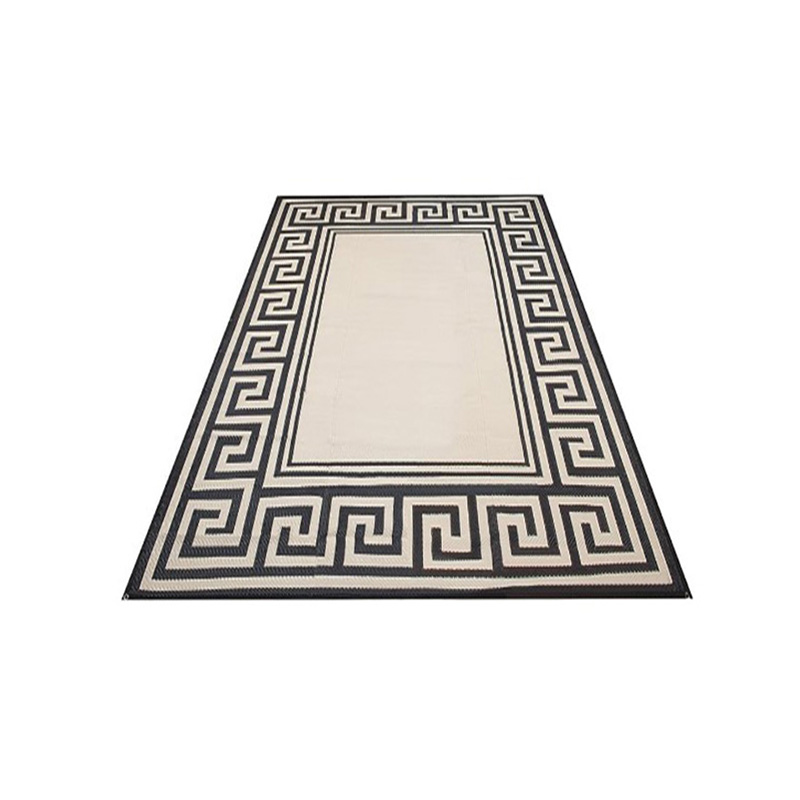
BSCI Audit PP Straw Camping Outdoor Rug
Description Introducing the BSCI Audit PP Straw Camping Outdoor Rug by AIYISI, an outdoor gear manuf...
-
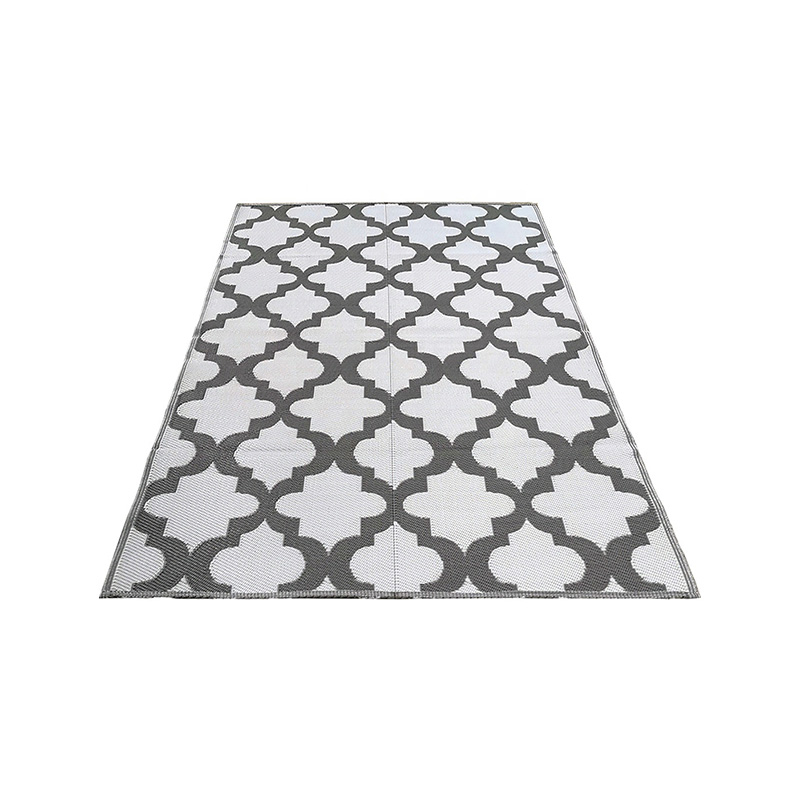
Plastic Matting Cheap PP Woven Recycled Campping Mats
Description At AIYISI, we take pride in offering high-quality outdoor products tailored to meet the ...

- FAX : 86-0576-83352177
- E-mail : [email protected]
- Phone : +86-0576-83207588
- Add: No.10 Yongan Road, Binhai industrial park, Sanmen County, Taizhou City, Zhejiang, China.


 English
English Deutsch
Deutsch


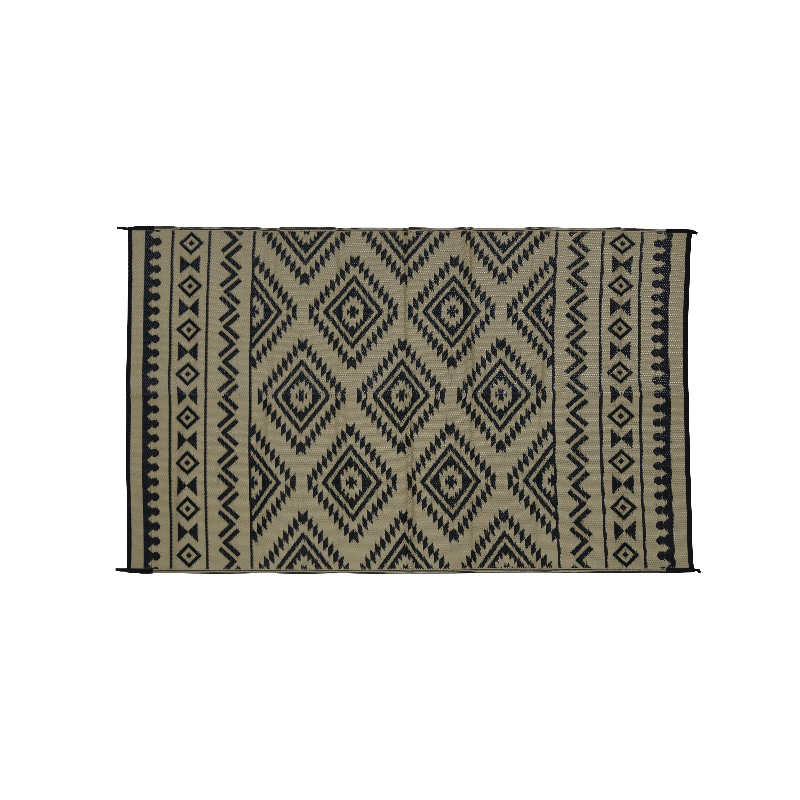

 Facebook
Facebook Youtube
Youtube Twitter
Twitter Instagram
Instagram